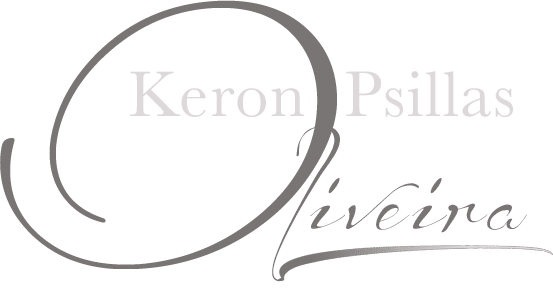You may recall that Terezîn was formerly called Theresienstadt, under Nazi rule during World War II. It is/was a garrison town built in the 1780’s as a fortress by the Hapsburg rulers. You can read more about it by clicking this link. My interest in Terezin is multi-layered and even a bit complicated. But over all of it lies this sense of amazement for the life that the residents of Terezin ghetto created for themselves during this descent into Hell.
From the first days, the residents, in the form of the Jewish Council of Elders, decided that to survive this experience, the children must be educated and the community as a whole must have access and participation in the ARTS. Performances of original plays, musical recitals, Verdi’s Requiem, and the renowned children’s opera “Brundibar”, took place in Terezin regularly. The education of the children, though forbidden, went on nearly without stopping. Thanks to incredible teachers and instructors, children produced art works and magazines for the entire community. These activities, along with their involvement in “Brundibar” would be, what one survivor described, “the last source of great joy in their lives.” (Jiri Kotouc, Home L 417).
I am working on a project that came from my need to understand the human capacity for such darkness in the face of joy, love, and humanity. It is proving to be more difficult than I imagined. But I’ve decided to put up a few photos from my days in Terezin, just to communicate a little of the solitude and sadness that still lives here. Terezin is unique in all of Europe in that people inhabit, today, the very same structures that housed Jews, Danes, Poles, Czechs and others, the vast majority of whom perished in the Holocaust. More than 10,000 children lived in Terezin, fewer than 200 survived.
I want to photograph the people of Terezin today, against the backdrop of all this history. It’s not easy. I haven’t been successful yet. But I will keep trying.
If you have any interest in this story, I urge you to read The Girls of Room 28, by Hannelore Brenner. You will be saddened, uplifted, and probably left with the same questions that have haunted me for a number of years. But I predict that you will have a deeper understanding of the importance of art and education in all our lives.
More than anything, the children longed for the open spaces of their villages and towns. I spent a day driving all over the countryside, when fog hung in the air and hoarfrost coated every surface. I wanted to get to know the countryside a little better. The damp and cold, coupled with the moody lighting and absolute stillness was to me totally appropriate. It turns out that I don’t know how to portray sadness and sorrow…. a sadness and sorrow so deep that it threatened to engulf an entire people. In the end I could only photograph what I saw and what I felt.
This week marks the 70th anniversary of the very first transport to Terezin of Jews from points all over what was Czechoslovakia. It is just a small footnote in a large history. But it is not forgotten.
I’ll close with the words of someone far more articulate than I, Rabbi David Cooper:
“…what happens when the suffering is too great? When it engulfs and extinguishes people and hope? I don’t think we have learned a thing collectively. Is it enough that individuals have? It must be ~ and therefore, every heart, every light DOES matter. This alone gives me hope.”


Wow, a very powerful story and history. The hoarfrost is almost the perfect clothing for the country side to wear for images with a reflection to this terrible past. As if, thoughts frozen in time, hang from the branches.
Very powerful stuff Keron,